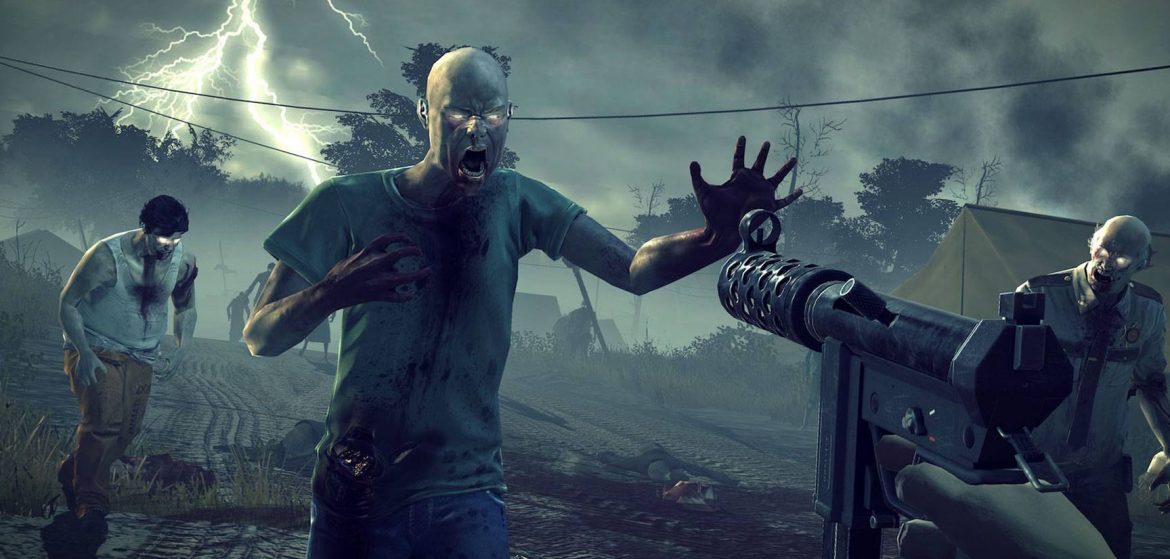TL;DR
Zombies are an enduring pop culture staple, from Romero's classic to today's games. Into The Dead 2 offers a thrilling zombie survival experience, blending endless runner mechanics with a structured, level-based narrative. It boasts a deep arsenal, unlockable animal companions, and a compelling progression system that encourages replayability. While the mobile version is bogged down by aggressive free-to-play monetization, the Switch version provides a polished, one-time purchase experience that's highly recommended. Discover if this zombie shooter is your next obsession!
The concept of wandering undead – zombies – has been extensively explored in numerous movies, TV series, comic books, games, and books. Its major breakthrough can be attributed to George A. Romero’s The Night of the Living Dead from 1968; however, the term “zombie” predates this film. As early as 1930, researchers documented the “voodoo zombie” in the Caribbean. The word “zombie” itself originates from the Caribbean word zonbi, which refers to an individual without will or controlled by another. Stories about the undead, however, existed well before that. Norse mythology, for example, features the Draugen, undead beings who return to complete unfinished business after death.
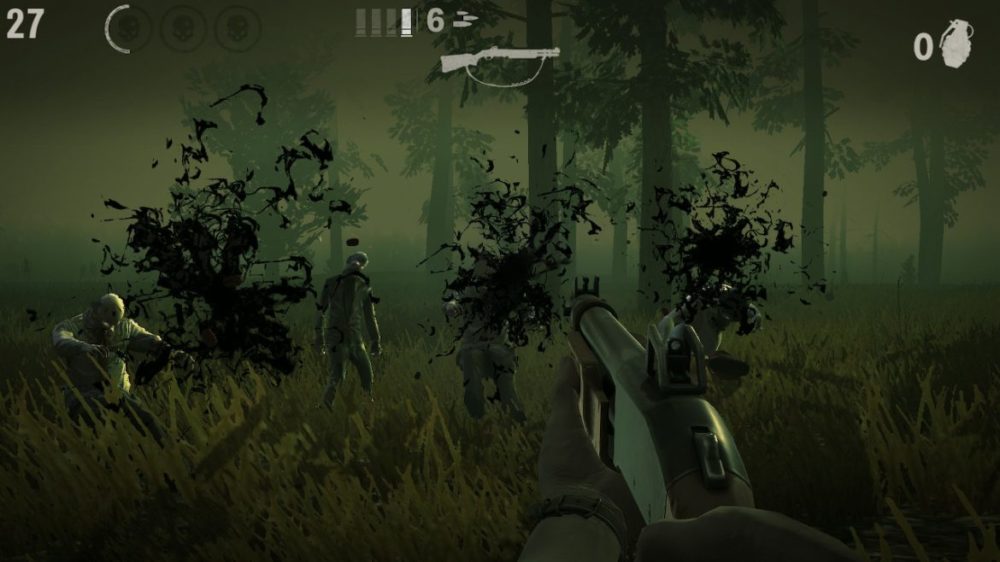
Into The Dead 2 is one of many zombie games available, built upon a straightforward premise: survive by running, eliminate zombies obstructing your path, and conserve ammunition. The game emphasizes resource management due to the overwhelming number of zombies compared to available ammunition. This contrasts with games like World War Z, where continuous suppressive fire is a viable tactic. The original Into The Dead was an endless runner akin to Temple Run: a game devoid of plot or ending, focused solely on distance and challenge completion. Into The Dead 2, conversely, incorporates a simple yet engaging narrative structure, divided into levels and chapters. Each level presents challenges; completing these earns stars, leading to benefits and in-game currency.

The game features 60 levels. Reaching the end without accumulating enough stars results in an incomplete ending, requiring players to revisit levels and acquire more stars to unlock alternative conclusions. A diverse arsenal of weapons can be unlocked, and players gain a companion, initially a dog, with the option to unlock bears and tigers later in the game.
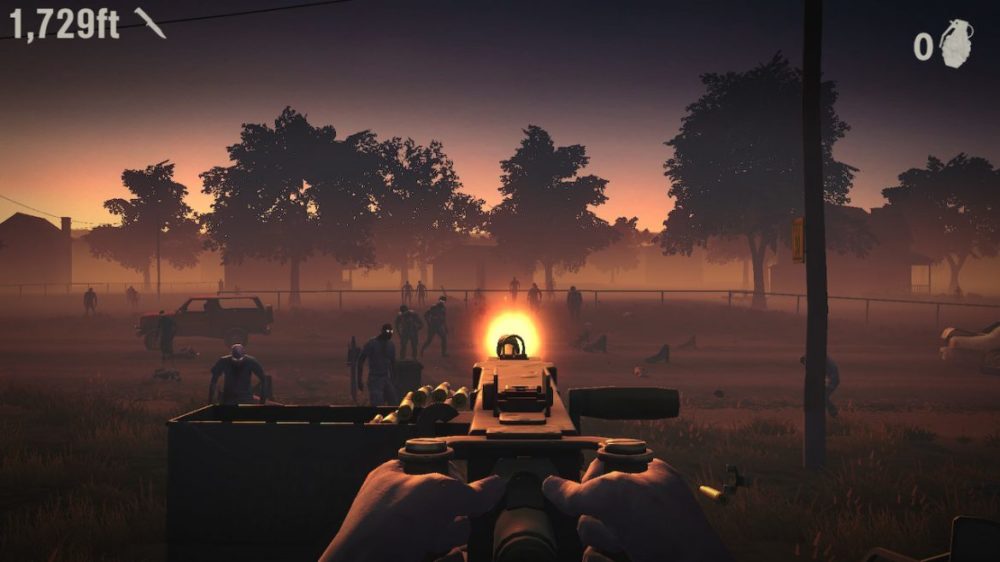
The gameplay loop is simple and can become quickly addictive, driving players to replay levels for additional gold or to upgrade their companion. Into The Dead 2 is well-suited for the Switch in both handheld and docked modes, given its initial development for smartphones and design optimized for smaller screens.
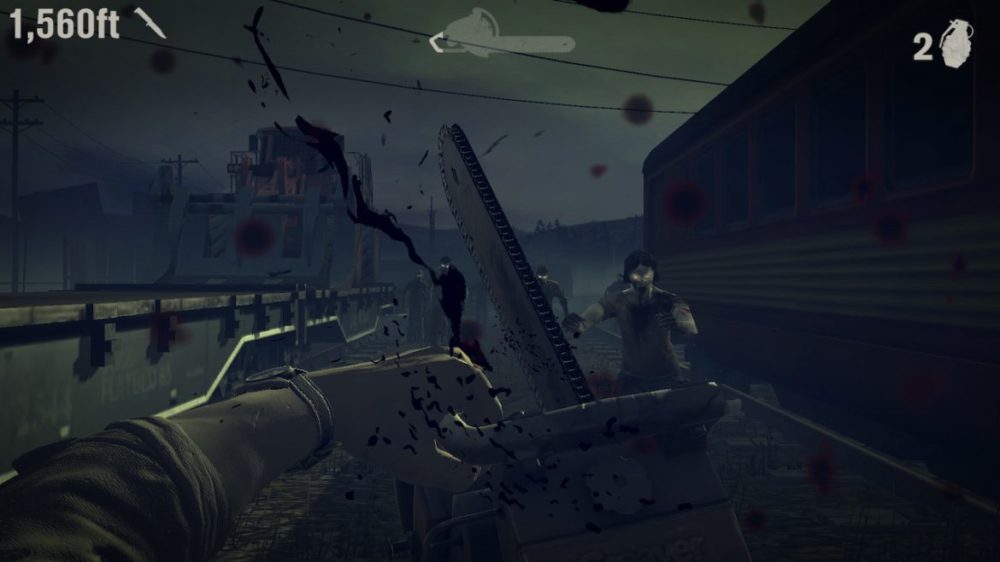
Two DLC packs are available for purchase. One puts players in the role of Ben (from The Night of the Living Dead), featuring a 1960s-inspired original story that serves as a prequel to the film.
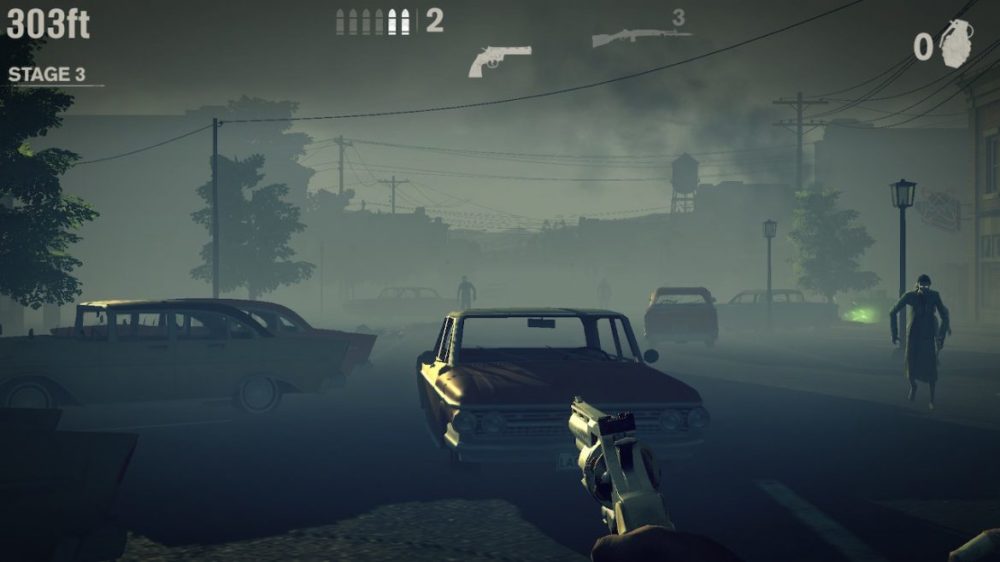
The other DLC, similar to Ghostbusters: The Video Game Remastered, casts the player as a newly hired Ghostbuster on a ghost-catching mission. However, it is apparent that the developers had limited access to the Ghostbusters IP. The character designs appear somewhat unconventional, and the iconic theme music is absent. These omissions are perhaps understandable given the DLC’s price point.
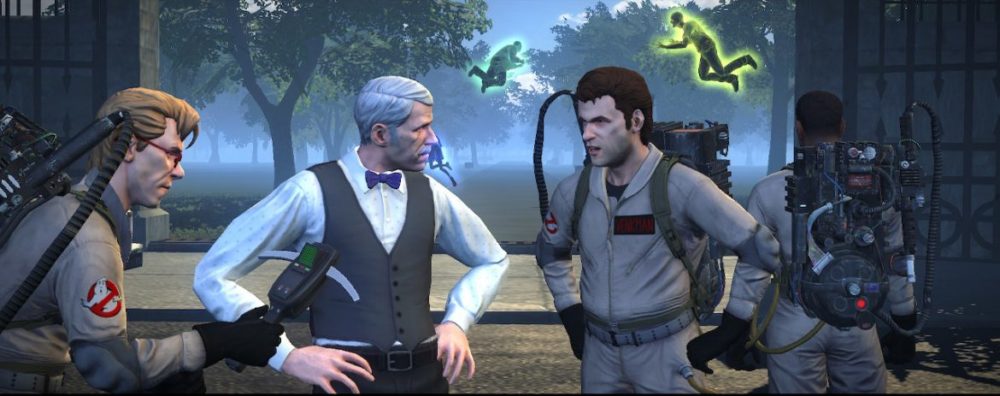
Into The Dead 2 is also available as a free-to-play app for mobile devices, differing significantly from the Switch version. The “free” model relies on consumable items like dog food, required for the dog companion to accompany the player. Running out of dog food necessitates a purchase. Similarly, energy is required to play levels; depletion leads to either purchasing more energy or waiting for replenishment. This approach led to the app’s removal from my phone. The Switch version offers a one-time purchase model, eliminating in-app transactions, ensuring a permanent dog companion, providing a single-use knife, and removing wait times between runs. While monetization is understandable, a limit should be placed on in-app purchases before unlocking unlimited access. Instances exist, such as a Smurf game where a child spent a substantial amount on in-game currency, highlighting the need for regulation. While the parents were ultimately reimbursed, such situations should be avoided.
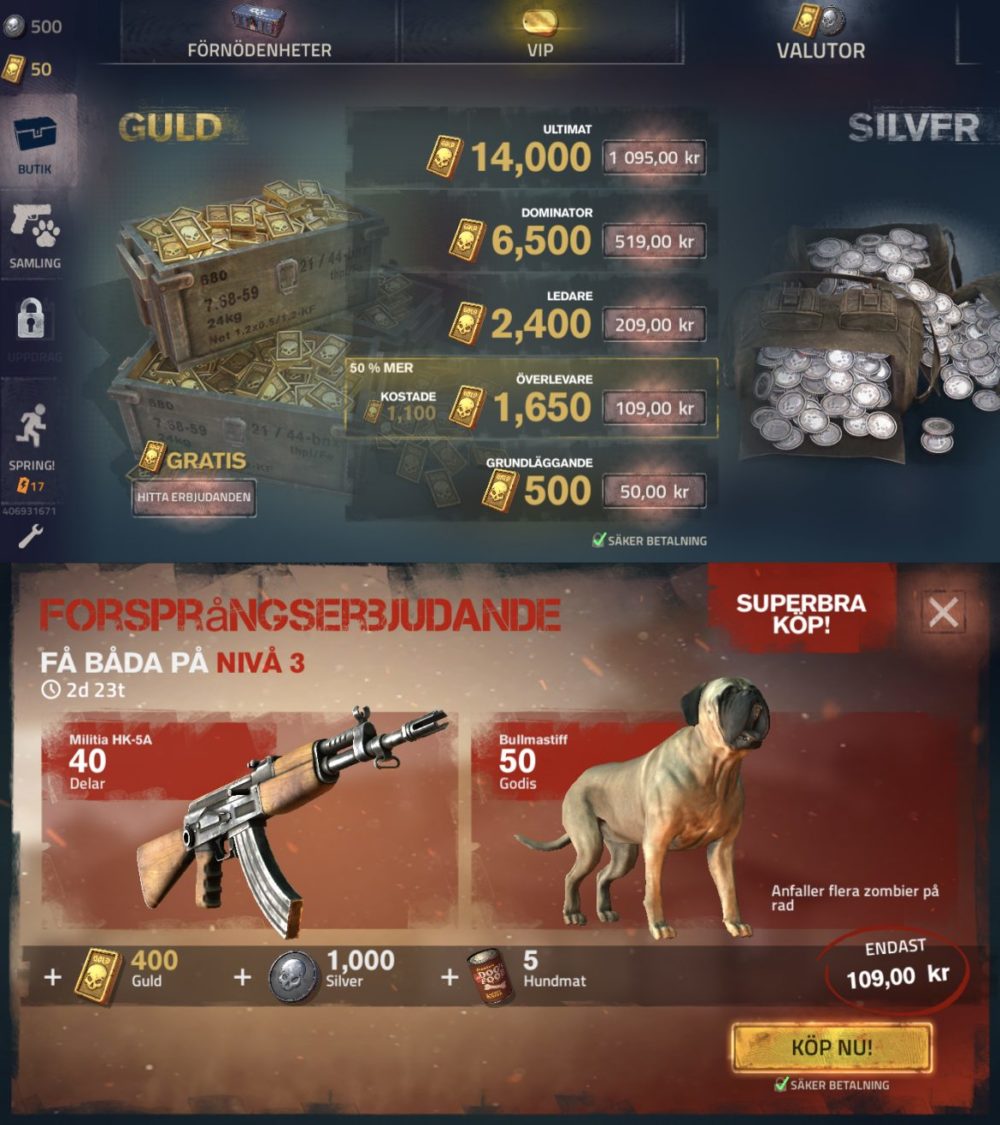
In conclusion, Into The Dead 2 remains an enjoyable game. However, its origins as a potentially exploitative free-to-play app are concerning. The Switch version is recommended, while the iOS and Android versions are not.
